The Stonewall Visitor Center Preserves a Historic Moment
The newly opened Stonewall National Monument Visitor Center cements the profound impact and importance of queer revolution.

It’s been debated for half a century, but does it matter who threw the first brick at Stonewall? Or whether it was a brick, a punch, or a Molotov cocktail?
We know that, whatever happened on the night of June 28, 1969, at the Stonewall Inn, a routine police raid of the bar escalated into a violent confrontation and standoff that lasted for days, and galvanized the Gay Liberation movement.
“It was a rebellion, it was an uprising, it was a civil rights disobedience — it wasn’t no damn riot,” insisted trailblazing drag king Stormé DeLarverie, years later.
Identified by many as the butch lesbian whose violent arrest and resistance that night led to her throwing the first punch at the cops, DeLarverie is one of several Stonewall pioneers acknowledged by name in the exhibits at the Stonewall National Monument Visitor Center.
Created by Pride Live, an organization dedicated to accelerating awareness and support for the LGBTQ community, the Stonewall National Monument Visitor Center opened this past June, on the 55th anniversary of the uprising. President Joe Biden and Dr. Jill Biden were among the luminaries on hand — including Elton John, Cynthia Erivo, Adam Lambert, and Pride Live co-founders Ann Marie Gothard and Diana Rodriguez — to mark the occasion.
Speaking at the event, Biden said, “In 2016, President Obama designated Christopher Park as a national monument,” referring to the triangle that sits in front of the Stonewall Inn on Christopher Street in the West Village. The park was then, and continues to be, a site for organizing, socializing, and reflecting on the history of the LGBTQ movement.
And now, Biden remarked, “I am proud to unveil a new visitors center for Stonewall National Monument, the first-ever LGBTQ+ visitors center in the National Parks of America.”
The space itself comprises 2,100 square feet carved from the backroom dance floor of the venerable bar, which still operates in its original location at 53 Christopher. On a recent visit to the monument, I found the space, with its shiny white gallery walls, filled with visitors poring over exhibits that vividly relayed stories of the LGBTQ movement, the vital necessity of queer spaces, the Stonewall Uprising, and some of the folks who were there — or have been purported to be.
Activists like Marsha P. Johnson and Sylvia Rae Rivera, who together later co-founded the Street Transvestite Action Revolutionaries, are acknowledged and celebrated inside the monument, even if their exact contributions to the Uprising aren’t specifically defined. Rivera, for her part, famously corrected the claim that she threw the Molotov cocktail that started the so-called riots. “I threw the second one, I did not throw the first one!”
By some accounts, neither Johnson nor Rivera were there that first night in ’69, though they certainly took up the charge once the gauntlet was thrown. The truth might be unknowable at this point, with oral histories and photographic evidence only ever able to tell pieces of the story.
But the revolutionary fires sparked by the Uprising are undeniable, and the Monument’s exhibits absolutely convey the importance of the Stonewall Rebellion to the movement while also acknowledging those acts of resistance that preceded it.
Most importantly, the Center expresses how much queer folks needed a place like Stonewall. In the words of Stonewall pioneer Mark Segal, present at the Uprising in 1969, and at the 2024 dedication ceremony, “For 55 years now, since I was 18 years old, this building has been a part of my life.”
In a society where LGBTQ people were constantly harassed, assaulted, and discriminated against, Segal and his peers sought refuge there. “Inside Stonewall, an illegal dirty bar that sold watered down drinks, we were safe to be ourselves. This was the only place we could hold hands and dance,” Segal, publisher of the venerable Philadelphia Gay News, said at the opening.
“Then on June 28th, 1969, police barged in, they threw people around and dehumanized us in a way I’d never seen. When they allowed us to leave, many of us started to gather, and we taunted the police. Drag queens, street kids, and young activists threw everything they could find at those doors, so much so that the police had no choice but to take refuge inside. For years the police had incarcerated us. For the first time, that night, we incarcerated them.
“The spirit of Stonewall united us and allowed us to build a community where there was none before. We asked our community to be Out, Loud, and Proud,” he concluded. “Over the past 55 years our community has fought for rights that seemed inconceivable in 1969. I’m proud to have been a part of that movement.”
The movement continues, both inside Stonewall and beyond, as we’re nowhere near achieving liberation and equal rights for everyone in the LGBTQ community. However, the fact that this nation, on an official and institutional level, has shown dedication to recognizing and preserving this history marks significant progress worth celebrating with a visit when in New York.
Take in not only exhibits on the Uprising and other activist demonstrations, but wall displays dedicated to the vibrancy of queer ballroom culture, and another that marks the vitality of queer nightlife with vintage posters and flyers. And, hopefully, by the time you get there, the Center’s 40-seat theater, sponsored by Booking.com might actually be showing “diverse stories of LGBTQIA+ travelers,” and not just ads for gay-friendly destinations.
There is also a designated space where visitors can leave written accounts of their own histories and experiences, adding their voices to the Monument. If you don’t define your true history, then someone else can and might, and they won’t necessarily have your truth in mind.
The Stonewall National Monument Visitor Center is located at 51 Christopher Street, in New York City. Open Tuesdays through Sundays, from 10 a.m. to 4 p.m. Admission is free. Visit www.stonewallvisitorcenter.org.
Support Metro Weekly’s Journalism
These are challenging times for news organizations. And yet it’s crucial we stay active and provide vital resources and information to both our local readers and the world. So won’t you please take a moment and consider supporting Metro Weekly with a membership? For as little as $5 a month, you can help ensure Metro Weekly magazine and MetroWeekly.com remain free, viable resources as we provide the best, most diverse, culturally-resonant LGBTQ coverage in both the D.C. region and around the world. Memberships come with exclusive perks and discounts, your own personal digital delivery of each week’s magazine (and an archive), access to our Member's Lounge when it launches this fall, and exclusive members-only items like Metro Weekly Membership Mugs and Tote Bags! Check out all our membership levels here and please join us today!







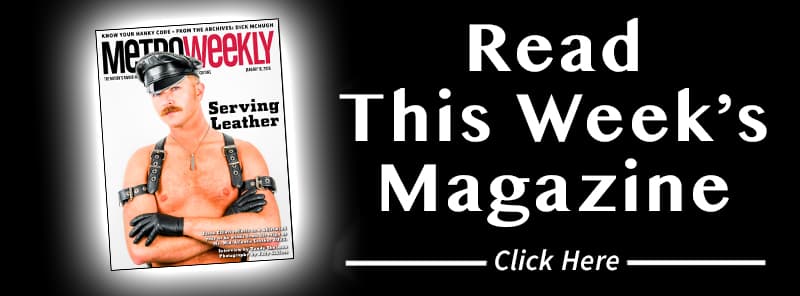
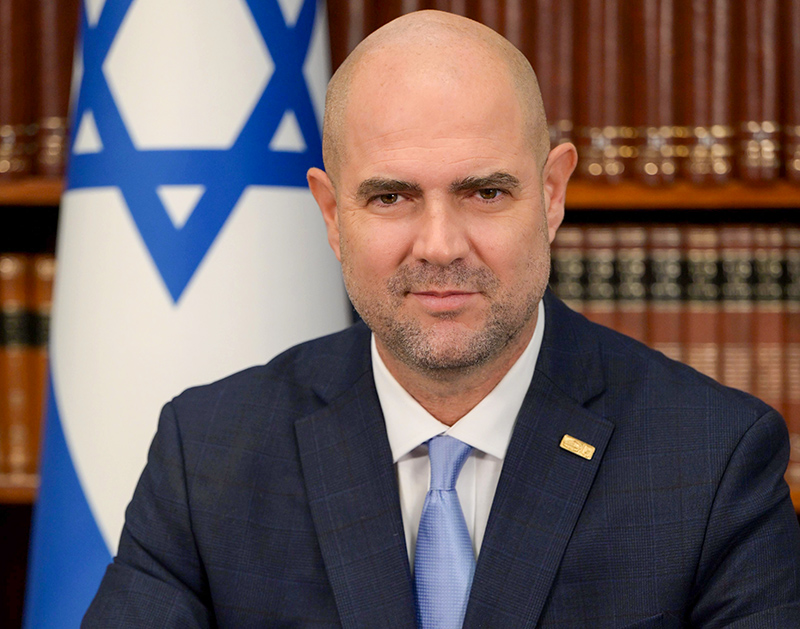
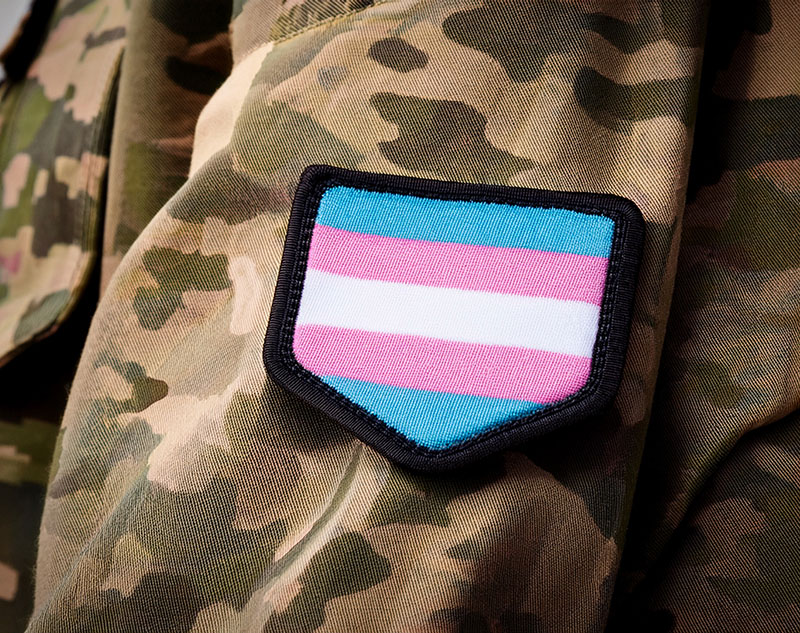















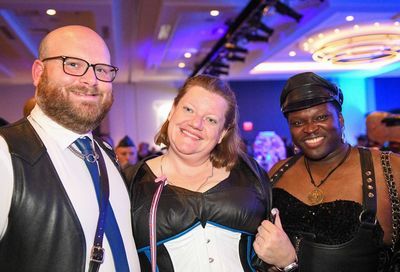
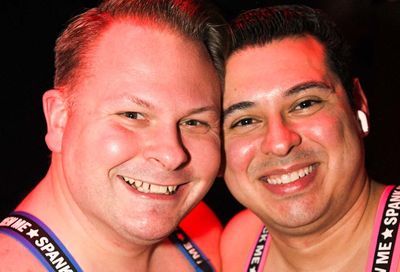
You must be logged in to post a comment.